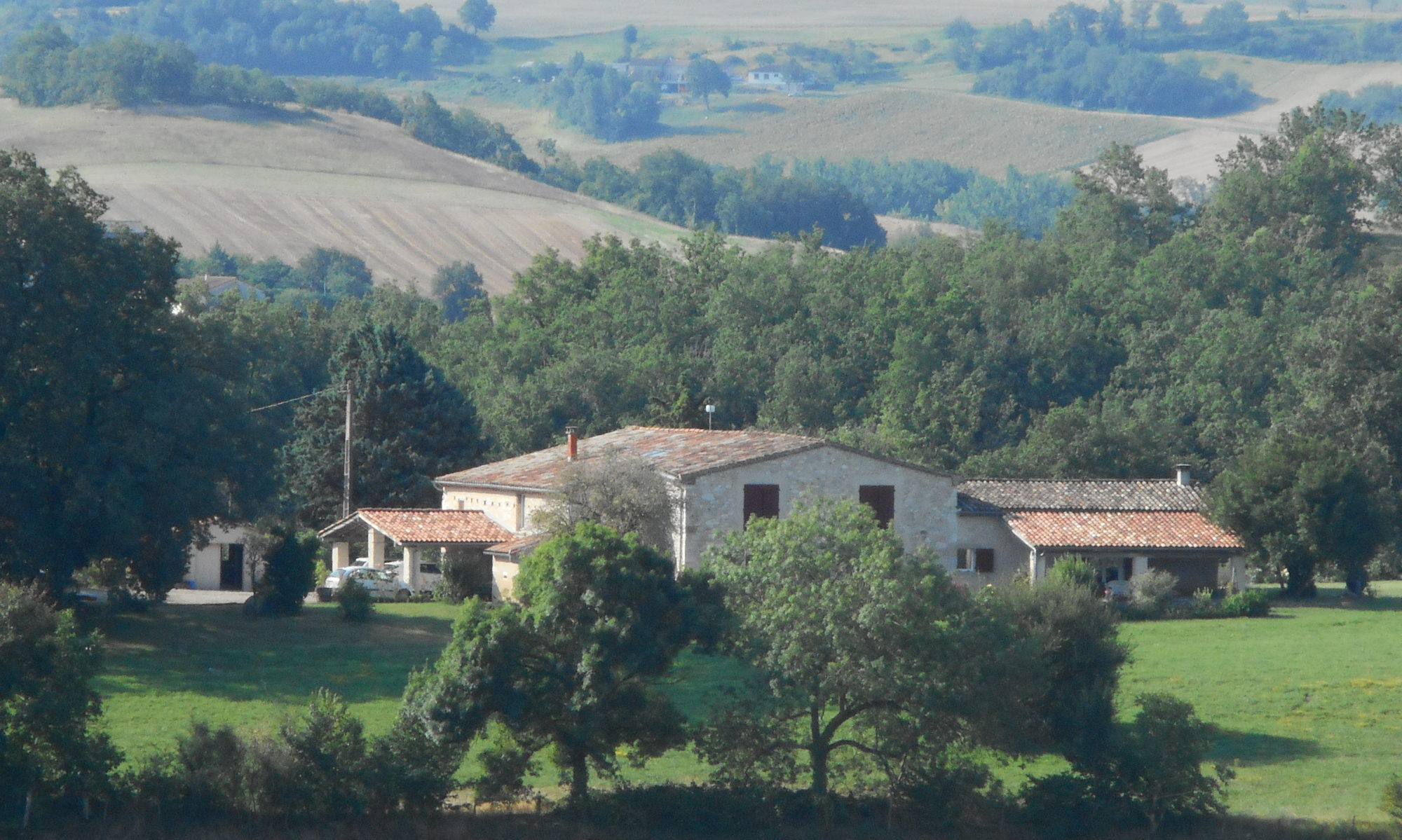Turkmenistan is among the top ten producers of cotton in the world.
It is all because of the American Civil War. In the 1860’s the import of cotton from the US to Russia was disrupted and so the price shot up. This made it an increasingly important commodity in the region so they decided to grow it themselves, well they had lots of space and cotton had been grown for thousands of years in Central Asia although its cultivation was on a much lesser scale than during the Soviet period.
These days there is a lot of debate on the topic of cotton. There is a lot of talk about the “Aral Sea” a large body of water in Asia which is rapidly diminishing well guess what started it all cotton.
This is what Wikipedia has to say.
The construction of irrigation canals began on a large scale in the 1940s. Many of the canals were poorly built, allowing water to leak or evaporate. From the Qaraqum Canal, the largest in Central Asia, perhaps 30 to 75% of the water went to waste. Today, only 12% of Uzbekistan’s irrigation canal length is waterproofed.
Another discussion point is the use of children to help pick the cotton. half the population work in agriculture and there is an “expectation” that everyone helps pick the harvest and that really means everyone. No matter where you live or what job you do you are expected to volunteer to assist. The picking is almost all hand done.
There was a campaign a couple of years back to outlaw children working in these fields (which are everywhere, trust me everywhere) so the President passed a law which forbade children picking cotton. I am not sure how well it is being enforced. We did see a lot of cotton picking and to be honest I can’t say I actually saw children working in the fields there may have been some but certainly not huge numbers.
whilst you are not supposed to take pictures of people picking cotton here are a few random shots which resulted as my camera went off (several times) whilst I was cleaning it.




Yes these really are mounds of cotton who would have guessed

















































